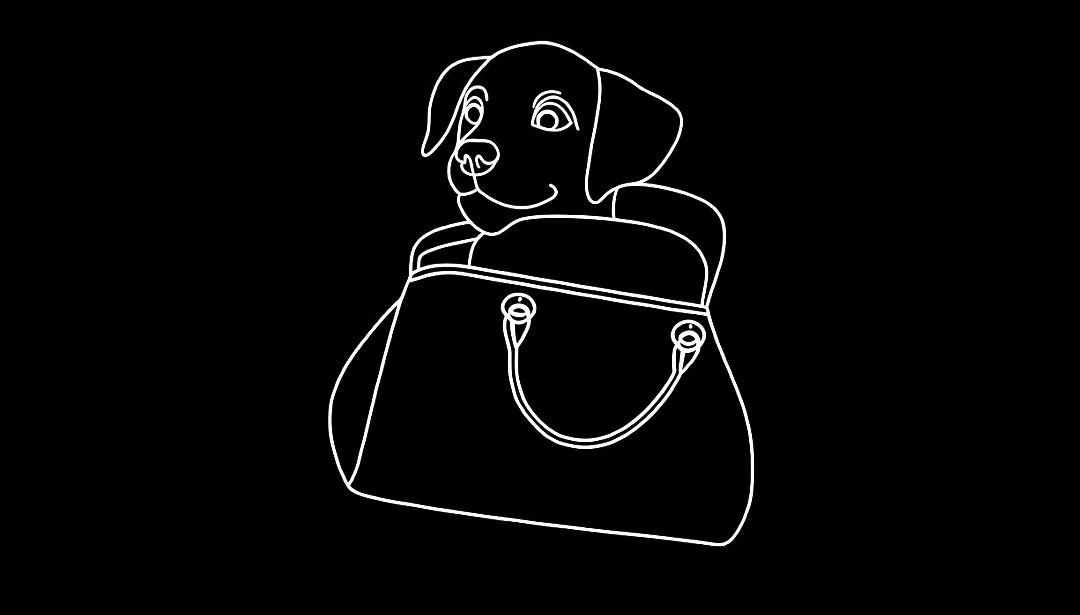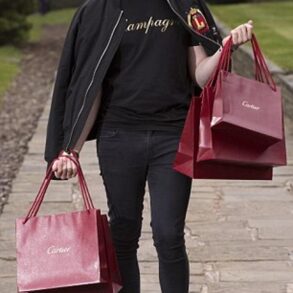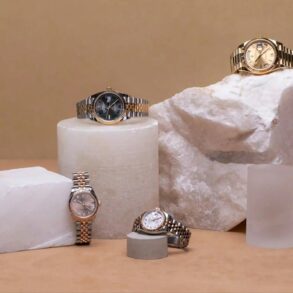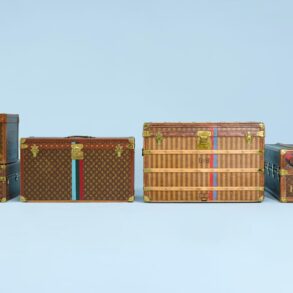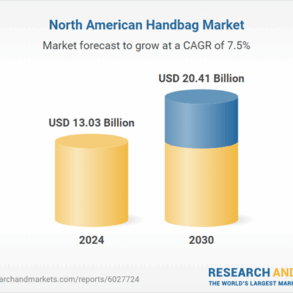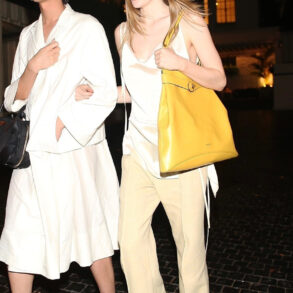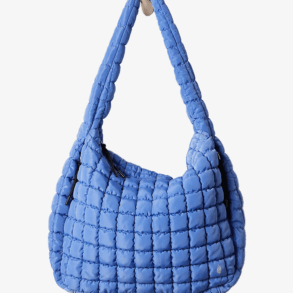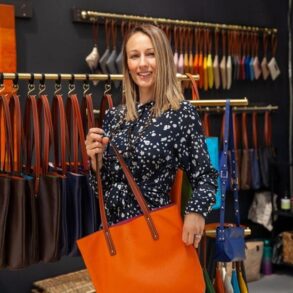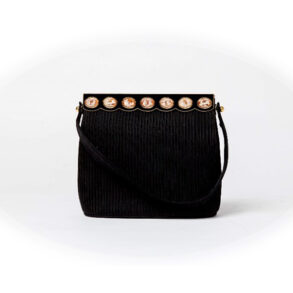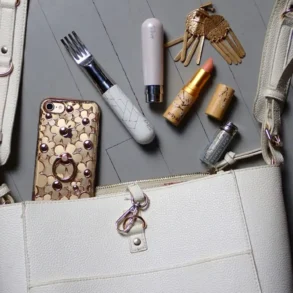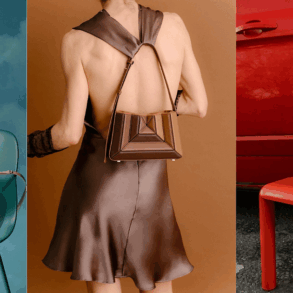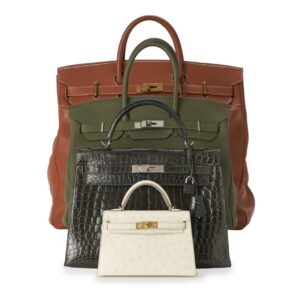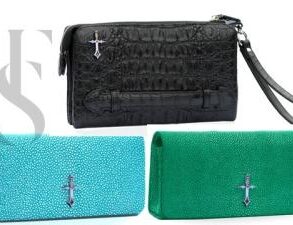
The future of high-end materials might just lie buried in prehistoric dinosaur times.
Creative powerhouse VML, genomic innovators The Organoid Company, and sustainable biotechnology firm Lab-Grown Leather have joined forces to develop the world’s first T-Rex leather made using the extinct creature’s DNA.
Tyrannosaurus Rex, or T-rex, was one of the biggest and most dangerous land predators to have ever existed.
Interestingly, reports suggest that the first product could be available by year’s end. They claim this next-gen material could be a high-quality, cruelty-free, and eco-friendly alternative to standard leather.
“This project is a remarkable example of how we can harness cutting-edge genome and protein engineering to create entirely new materials. By reconstructing and optimizing ancient protein sequences, we can design T. Rex leather, a biomaterial inspired by prehistoric biology, and clone it into a custom-engineered cell line,” said Thomas Mitchell, CEO of The Organoid Company.
Making leather from DNA
Collagen is a protein present in bones, skin, muscles, and various other bodily tissues.
While it was previously believed that dinosaur DNA wouldn’t survive for millions of years, recent discoveries have found collagen preserved in various dinosaur fossils, including an 80-million-year-old T Rex.
Last year, MIT researchers decoded how the dinosaur collagen survived for so long. Interestingly, they discovered a specific atomic mechanism that shields collagen from water’s damaging effects.
In this new work, the T-rex-based leather material creation method differs from plant-based or synthetic alternatives by focusing on growing biological structures in a lab. This bio-fabrication process directly cultivates leather-like tissue from cells.
The process of creating T-Rex leather uses fossilized dinosaur collagen as a template. Using this, the team will generate a complete collagen sequence for the T-Rex to cultivate new skin.
The collagen sequence will be translated into DNA and introduced into Lab-Grown Leather’s cells.
Successful implementation of this process is expected to yield a tightly packed collagen structure, similar to the dermis layer of animal skin, which remains after tanning. If successful, it will produce a leather-like material derived from the ancient T. rex DNA.
Moreover, the Lab-Grown Leather’s approach to creating its bio-based material depends on its “scaffold-free” method.
Unlike many other companies in this space that rely on external frameworks or scaffolds to guide cell growth and shape the final material, the firm cultivates its material in a way that encourages the cells to self-organize.
The new dinosaur material would be biodegradable
T-Rex leather could become the first instance created from an extinct species.
It is expected to offer natural durability, repairability, and the luxurious feel expected in high-end goods.
The environmental and ethical implications could be huge if adopted on a huge, global scale.
The manufacturing of traditional leather has long been linked to deforestation and harmful tanning chemicals. On the flip side, T-Rex elemental leather holds the potential to reduce environmental impact and eliminate animal cruelty.
VML’s press release indicates that T-Rex leather will first be used for accessories, with a flagship luxury item targeted for late 2025.
Following this initial development, the potential expands to reaching into industries like automotive. The company says that the T-rex-based material is “fully biodegradable.”
Interestingly, VML was also behind the Mammoth Meatball project, a bold endeavor that used lab-grown meat derived from reconstructed wooly mammoth DNA in 2023.
“With T-Rex leather we’re harnessing the biology of the past to create the luxury materials of the future. This groundbreaking collaboration represents the intersection of creative innovation and cutting-edge biotechnology, much like we did with our Mammoth Meatball project,” said Bas Korsten, Global Chief Creative Officer, Innovation and CCO EMEA at VML.
RECOMMENDED ARTICLES
ABOUT THE EDITOR
Mrigakshi Dixit Mrigakshi is a science journalist who enjoys writing about space exploration, biology, and technological innovations. Her work has been featured in well-known publications including Nature India, Supercluster, The Weather Channel and Astronomy magazine. If you have pitches in mind, please do not hesitate to email her.
The Blueprint Daily
Stay up-to-date on engineering, tech, space, and science news with The Blueprint.
By clicking sign up, you confirm that you accept this site’s Terms of Use and Privacy Policy
RELATED ARTICLES
JOBS
Loading opportunities…
This post was originally published on this site be sure to check out more of their content.
